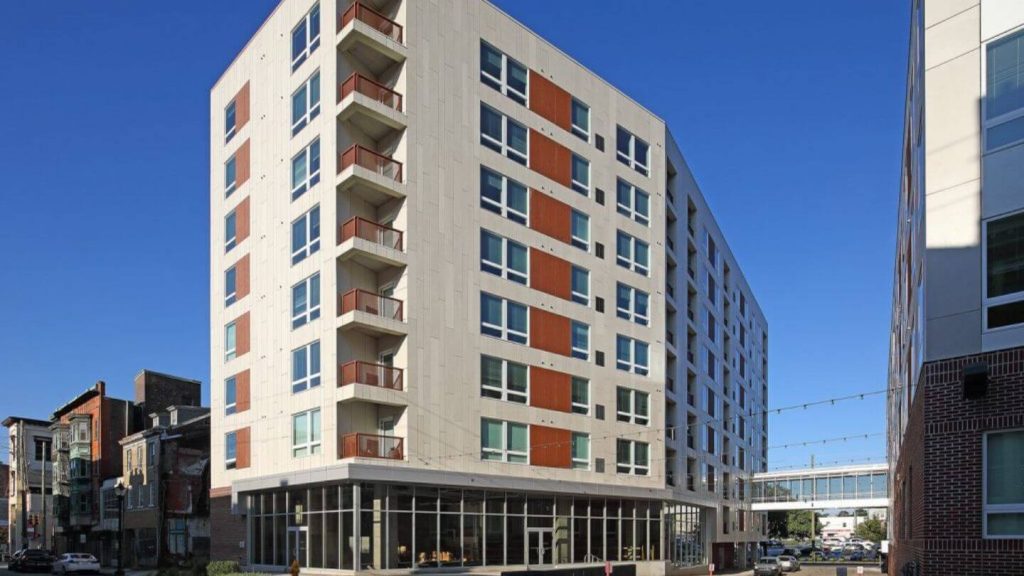Continuing Education
Klover is proud to offer the following continuing education courses:
Design Professional’s Introduction to Prefabrication (AIA ACCREDITED, 1 HR HSW)
Prefabrication is one of the most powerful new tools being used in the construction industry. The ability to factory-build significant portions of structures offsite while work proceeds onsite at the same time provides many advantages. This course reviews these benefits and introduces basic concepts for this unique method of construction.
We will review how prefabrication leads to better scheduling, quality improvements, and cost reductions. From there we will dive into the types of projects best suited to prefabrication and its impacts on project delivery roles and responsibilities. Delegated design and engineering as well as the use of Building Information Modeling (BIM) are all examined as critical items to be addressed in the successful use of prefabrication.
Prefabricated component types are reviewed, along with factory-installed environmental control layers and their contribution towards creating “Perfect/Universal” wall assemblies. The program concludes with a quick look at the environmental advantages of prefabrication.
RegisterDesign Professional’s Guide to Prefabrication (AIA ACCREDITED, 1 HR HSW)
This course is the second in a series developed for design professionals and concentrates on specific details of prefabricated wall and floor systems. It is recommended that attendees have completed “Design Professional’s Introduction to Prefabrication” before attending this course.
We will review the specifics of curtain wall, load-bearing, and shear wall prefabricated wall assemblies along with associated perimeter floor details. Environmental control layer options including continuous insulation, permeable and non-permeable vapor barriers, water barriers, and exterior sheathing will be reviewed. Both horizontal and vertical panel joint details will be studied.
We then dive into the specifics of the framed opening, corner, roof to wall, and firestop conditions. From there, we study various rainscreen options often used with prefabricated wall assemblies.
The last section of the program reviews a series of case studies explaining how and why each project used prefabrication.
RegisterPrefabrication: Risk Management for Owners/Developers
This program is specifically designed for busy owners, developers, and real estate executives who are looking for a high level, but detailed explanation of the advantages of prefabrication in construction. We start with some basic comparisons between prefabrication and modular construction and the types of projects they are best suited for.
We explore the concept of schedule compression – how prefabrication allows concurrent construction activities — which is the key to reducing project timelines.
From there we study how prefabrication reduces site related delays and safety risks. We discuss how this technology minimizes labor related delays and lowers OCIP rates by shifting construction activities offsite.
The concept of factory automation and its effects on quality are briefly reviewed, as are the benefits of using 3D computer modeling to construct a virtual building before actual construction begins.
Cost certainty and how prefabrication reduces the risk of cost overruns is addressed. The program wraps up with a brief look at the environmental benefits of prefabrication.
RegisterPrefabrication for General Contractors
Designed for general contractors, this program reviews the benefits of prefabrication, including the ability to effectively handle fast-track projects. We will study the project types best suited for this method of construction, backed by numerous case studies.
Schedule compression as well as labor and insurance risk reduction will be studied. The benefits of offsite manufacturing regarding quality control, site material storage, safety, and ease of installation will be reviewed. The advantages of using BIM, starting with the estimating process through production, are examined.
The next section involves understanding the various wall panel types available, including curtain wall, load-bearing, shear walls, and those with factory-applied environmental control layers (exterior sheathing, air/vapor/water barriers, and retarders). Compatible composite floor systems are also analyzed.
We then delve into the shop drawing process including information required to begin, approvals, and transmittals. Our next topic is project delivery implications of prefabrication and the review of which delivery methods work best and why. We complete the program with a brief look at the safety and environmental benefits of prefabrication.
Register


